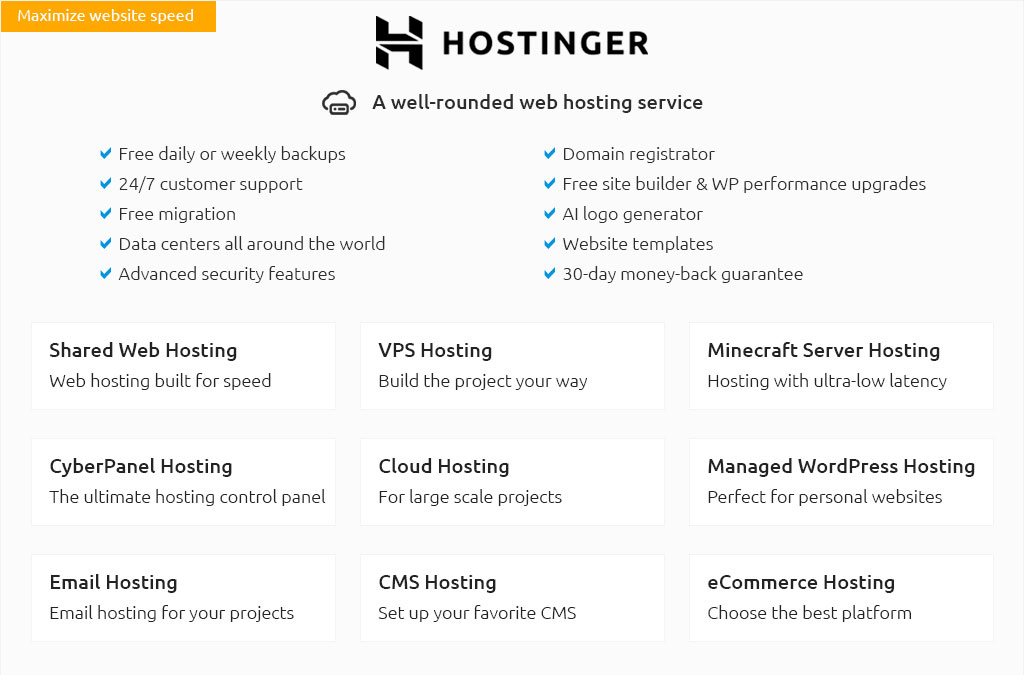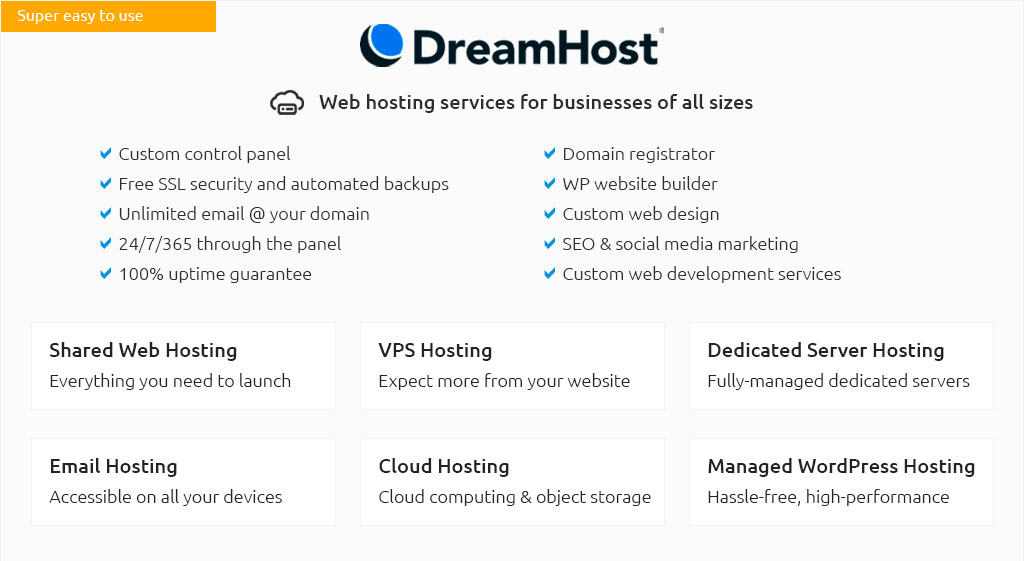 |
|||
 |
 |
 |
|
 |
|
 |
 |
 |
|||
 |
|||
 |
|||
 |
|||
 |
 |
|
Unlock the secrets of web hosting success with our incisive 'Web Hostings Review', where we dive deep into the intricacies of AWS hosting costs to empower your digital journey-no fluff, just pure, unadulterated insights designed to save you money and skyrocket your website's performance; imagine cutting through the noise with clarity and precision, understanding exactly where your budget is going, and how AWS can be your powerful ally in navigating the competitive online landscape; it's time to elevate your web presence with confidence and make informed choices that drive real results.
https://www.clickittech.com/aws/aws-pricing/
Basic Environment (Website Hosting) $100 to $200 USD Monthly - Intermediate Environment (High Performance Website Hosting) $250 to $600 USD Monthly - Advanced ... https://aws.amazon.com/amplify/pricing/
Monthly build & deploy charges - Monthly hosting charges - Total monthly charges - Total charges = Build & deploy charges + Hosting charges = $0.06+$65.92 = $65.98 ... https://www.quora.com/How-much-does-Amazon-Web-Services-AWS-cost-for-small-users
A simple WordPress site on AWS Lightsail starts at around $3.50/month, while an EC2 instance with decent performance can cost anywhere from $10 ...
|